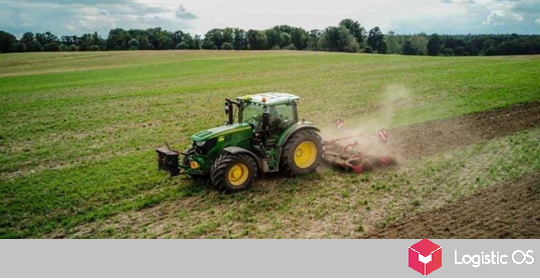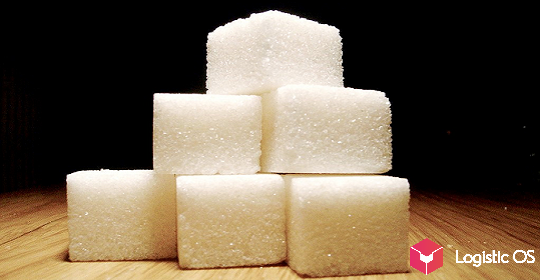If you look at the dynamics of grain production in the Russian Federation, then over the past decades it has increased by an order of magnitude.
However, in other areas of the agro-industrial complex, everything is not so good.
According to the Ministry of Agriculture of the Russian Federation, in 2021 the grain harvest amounted to 123 million tons, of which 76 million tons of wheat.
Oilseeds were harvested about 23 million tons, sugar beets — 40 million tons, vegetables — 7 million tons, potatoes — 6.7 million tons.
Compared to indicators that were relevant a couple of decades ago, several important trends can be traced.
Increase in the share of wheat in the structure of agricultural products
From 1990 to 2020, its share almost doubled: from 20% to 37%.
If we take the share of wheat in the production of cereals and legumes, then from 37% to 60%.
Against this background, rye production fell by almost 10 times.
Grain yields have grown significantly
In 2001-2005. in Russia, 44.8 million hectares were sown with grain, and 79 million tons of grain were harvested annually.
In 2016-2020. sowed 47.1 million hectares, harvested about 124.7 million tons of grain.
As you can see, the yield has increased significantly, while the areas have remained almost unchanged. Consequently, the yield increased: from 17.6 centners per hectare to 26.5 centners per hectare. And this is an increase in yield by 60%.
Livestock feed production fell
Over the past decade, the production of feed from root crops (for example, sugar beets), as well as the production of grasses for hay and silage have dropped by 4 times.
The trend in livestock itself looks negative too: the number of livestock heads fell from 76 million heads in 1990 to 35 million heads in 2020.
Potato production dropped sharply
In 1995, Russia harvested about 40 million tons of potatoes, in 2020 — 19.6 million tons, in 2021 — 6.7 million tons.
There is a drop of more than 5 times, and this indicates that the volume of imported potatoes in Russia has significantly increased.
The Ministry of Agriculture takes care of the domestic market
Despite the significant growth in exports, the main task of the Ministry of Agriculture considers the provision of domestic consumption with its own production, at least for the main items.
In this regard, many measures are being taken to ensure that as many products as possible remain inside the country:
Duties.
Quotas.
Dampers.
In addition, producer subsidies are used.
One of the main problems today is the rise in the cost of production of agricultural products against the background of a simultaneous rise in inflation.
The future fate of the Russian agro-industrial complex largely depends on how quickly and successfully these problems are resolved.

